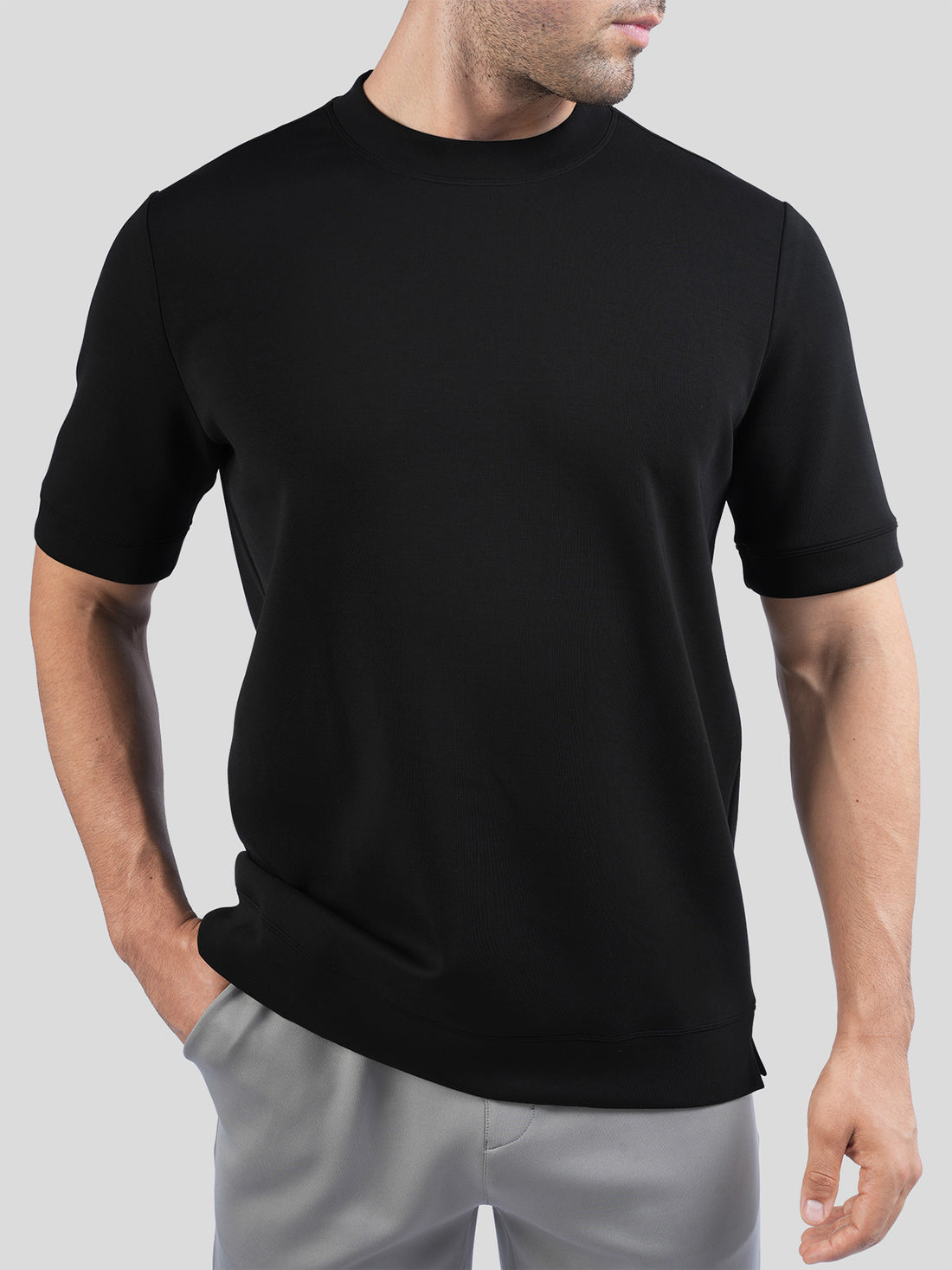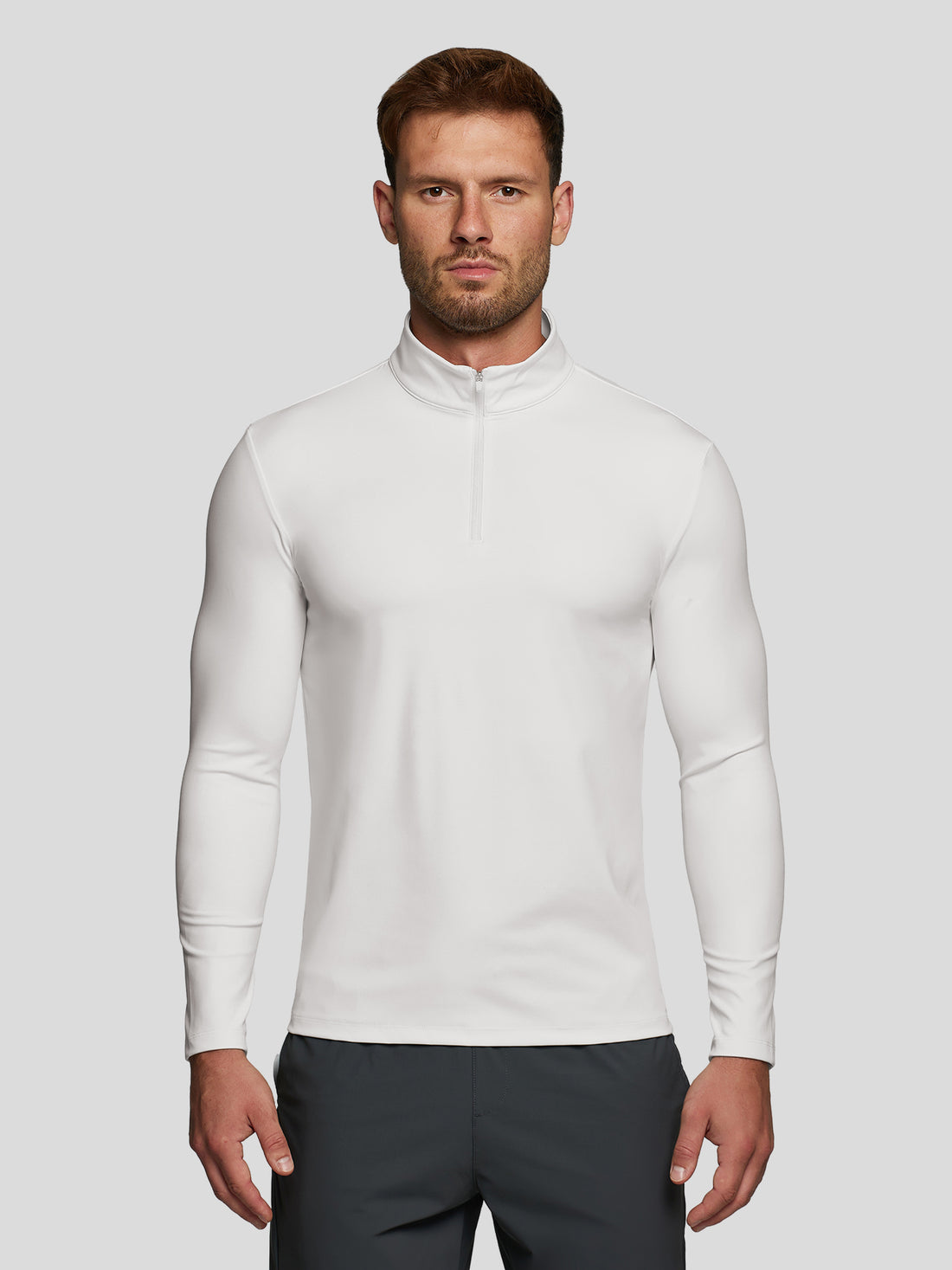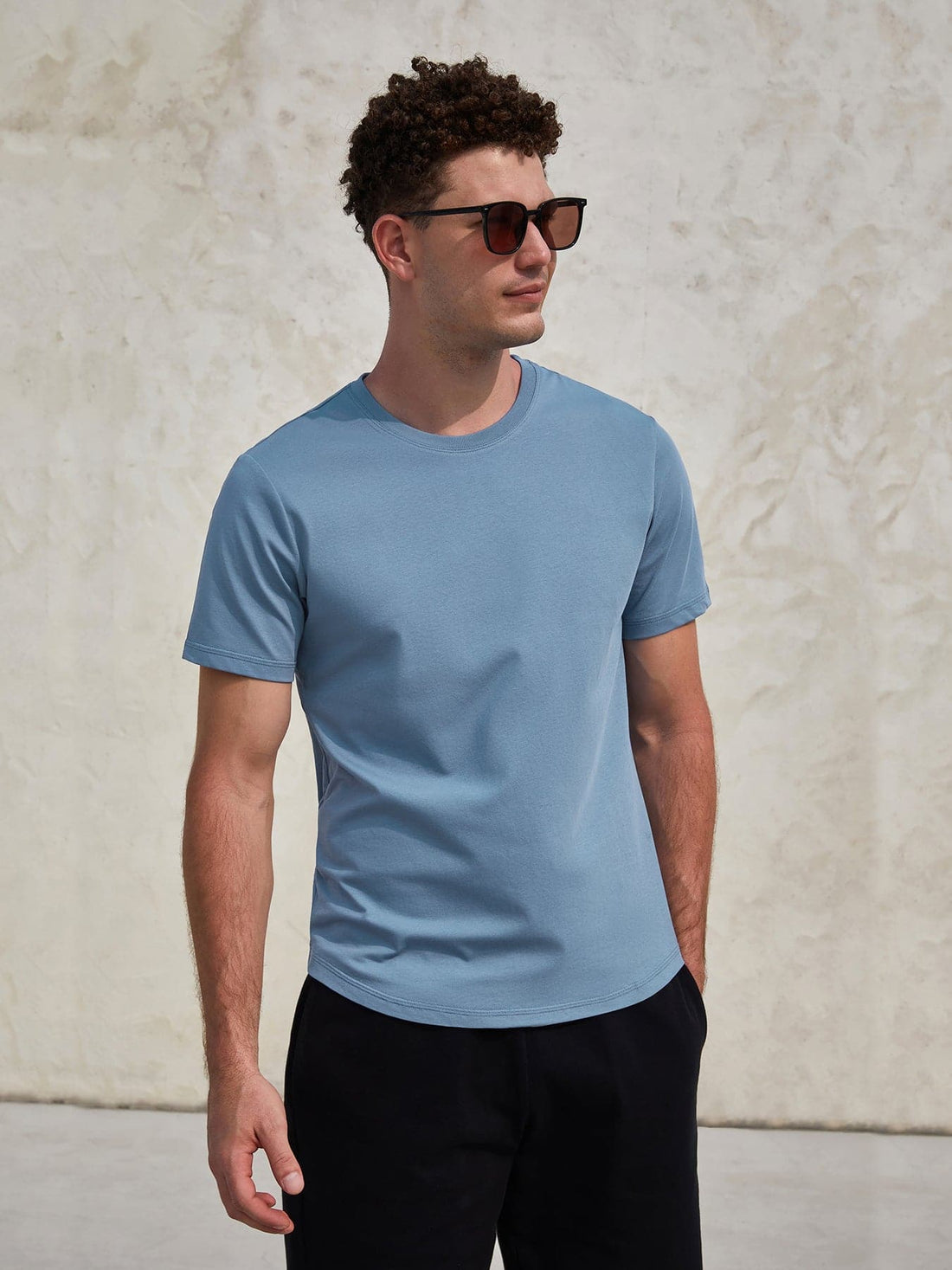
Lenzing Modal Fiber vs Cotton: To Understand Two Essential Fabrics
The discussion of lenzing modal vs cotton has become increasingly relevant as consumers look for fabrics that are comfortable, eco-friendly, and long-lasting. With the rapid rise of lenzing modal fiber, many people are curious about how it performs compared with traditional cotton. Today, lenzing modal clothing—made from innovative lenzing modal fabric and high-quality lenzing modal fiber—is widely marketed as a premium alternative to cotton. In this comprehensive guide, we will tell every aspect of lenzing modal vs cotton, helping you make a well-informed choice.
Lenzing Modal Fiber vs Cotton: Understanding the Origin and Characteristics of Both Fibers
When examining lenzing modal vs cotton, the first step is to understand where each material comes from. Lenzing Modal is created using certified beechwood sourced from sustainably managed forests. The Austrian company Lenzing transforms this wood into ultra-fine lenzing modal fiber through an advanced eco-responsible process. The result is a silky, soft, high-performing fiber often used in premium lenzing modal fiber and innovative lenzing modal material, which form the foundation of modern lenzing modal clothing.
Cotton, in contrast, is a traditional natural fiber harvested from cotton plants. It is widely used, extremely familiar, and remains one of the world's most important fabrics. But as innovation in textiles evolves, the comparison of lenzing modal vs cotton becomes more complex.
Lenzing Modal Fiber vs Cotton: Comparing Softness and Wearing Comfort
Softness is one of the biggest differences noticed when comparing lenzing modal vs cotton. Lenzing Modal delivers exceptional smoothness due to the fine structure of lenzing modal fiber, making lenzing modal clothing feel almost silky against the skin. The drape and fluidity of lenzing modal fiber also enhance daily comfort, while lenzing modal material helps garments stay soft even after many washes.
Cotton is naturally soft as well, but depending on its grade, it may not feel as refined as modal. While high-quality cotton is pleasant, the engineered structure behind lenzing modal vs cotton often makes Lenzing Modal fiber feels more luxurious and modern.
Lenzing Modal Fiber vs Cotton: Moisture, Breathability, and Thermal Comfort
Moisture absorption plays a crucial role in lenzing modal vs cotton comparisons. Thanks to the open and consistent structure of lenzing modal fiber, Lenzing Modal offers excellent breathability and moisture regulation. This means lenzing modal clothing helps wick sweat away quickly, making it ideal for warm climates and active routines. Many users appreciate that lenzing modal fabric stays dry longer, while lenzing modal material tends to resist odor buildup.
Cotton is breathable as well, but once it absorbs moisture, it stays wet longer. The difference in moisture control between lenzing modal vs cotton becomes particularly noticeable during exercise or in humid environments.
Why Fioboc's Lenzing Modal Fiber Demonstrates the Benefits of Modal
Fioboc's modal collections offer a practical real-world example of lenzing modal vs cotton. Fioboc uses certified lenzing modal fiber to create ultra-soft, breathable pieces that maintain comfort throughout the day. Their lenzing modal clothing is made using premium lenzing modal fabric, ensuring smooth texture, natural stretch, and excellent durability. The carefully engineered lenzing modal material used by Fioboc helps their clothing resist shrinking, fading, and pilling—issues commonly seen in cotton garments. Through these advantages, Fioboc showcases why many consumers prefer modal when evaluating lenzing modal vs cotton.
Lenzing Modal Fiber vs Cotton: Durability, Shape Retention, and Color Preservation
Durability is another key factor in evaluating lenzing modal vs cotton. Lenzing Modal is known for its resilience. The strength of lenzing modal fiber helps lenzing modal clothing maintain shape and resist stretching. In addition, lenzing modal fabric offers excellent color retention, and lenzing modal material tends to resist pilling better than many cotton blends. This gives modal garments a longer lifespan and more polished appearance.
Cotton is durable in its own way, but it can shrink, wrinkle, or lose its shape more easily. Over time, the structural stability seen in lenzing modal vs cotton often makes modal the more reliable option for long-term wear.
Lenzing Modal Fiber vs Cotton: Environmental Impact and Sustainability Considerations
Sustainability plays a major role in the growing demand for lenzing modal vs cotton comparisons. Lenzing Modal is produced through closed-loop technology, ensuring the chemicals used in converting beechwood into lenzing modal fiber are recovered and reused. This significantly reduces environmental impact. The controlled sourcing of wood for lenzing modal fabric and eco-friendly production of lenzing modal material make modal one of the most sustainable modern fibers. These advantages extend to the finished lenzing modal clothing, making it a preferred choice for eco-conscious users.
Cotton varies widely in environmental impact. While organic cotton is sustainable, conventional cotton farming requires significant water and pesticides. In many cases, the sustainability difference in lenzing modal vs cotton leans heavily toward Lenzing Modal.
Lenzing Modal Fiber vs Cotton: Everyday Practicality and When to Choose Each Fabric
Aside from technical comparisons, daily practicality influences how people choose between lenzing modal vs cotton. For those who value lightweight comfort, silky texture, and reliable moisture management, garments made from lenzing modal fiber—such as modern lenzing modal clothing—are excellent choices. Whether used in loungewear, basics, or active-inspired apparel, lenzing modal fabric performs consistently throughout different weather conditions. Many prefer lenzing modal material because it stays smooth without requiring special care.
Cotton remains a great everyday fabric, especially for users who appreciate its natural feel and traditional aesthetic. However, in side-by-side lenzing modal vs cotton usage, modal often feels more premium and requires less maintenance.
Which One Wins in the Lenzing Modal Fiber vs Cotton Comparison?
After examining softness, durability, breathability, and sustainability, it becomes clear that lenzing modal vs cotton is not a simple comparison. Cotton remains timeless, versatile, and widely trusted. But for those seeking a more modern, eco-friendly, and luxuriously soft fabric, the performance of lenzing modal fiber, the comfort of lenzing modal clothing make Lenzing Modal an impressive contender.
In many scenarios—especially everyday basics, loungewear, travel wear, and all-season tops—the comparison of lenzing modal vs cotton frequently favors Lenzing Modal due to its superior comfort, sustainability, and long-lasting performance.







